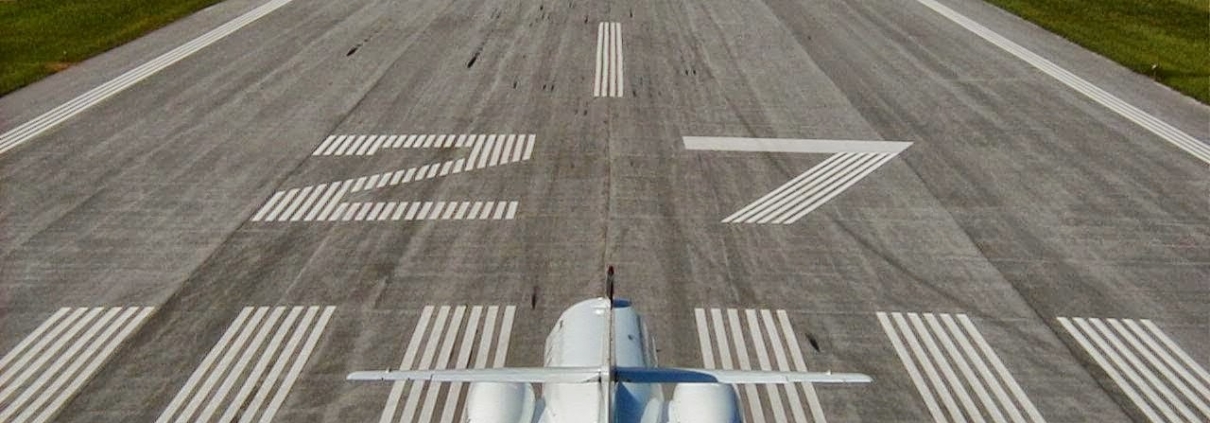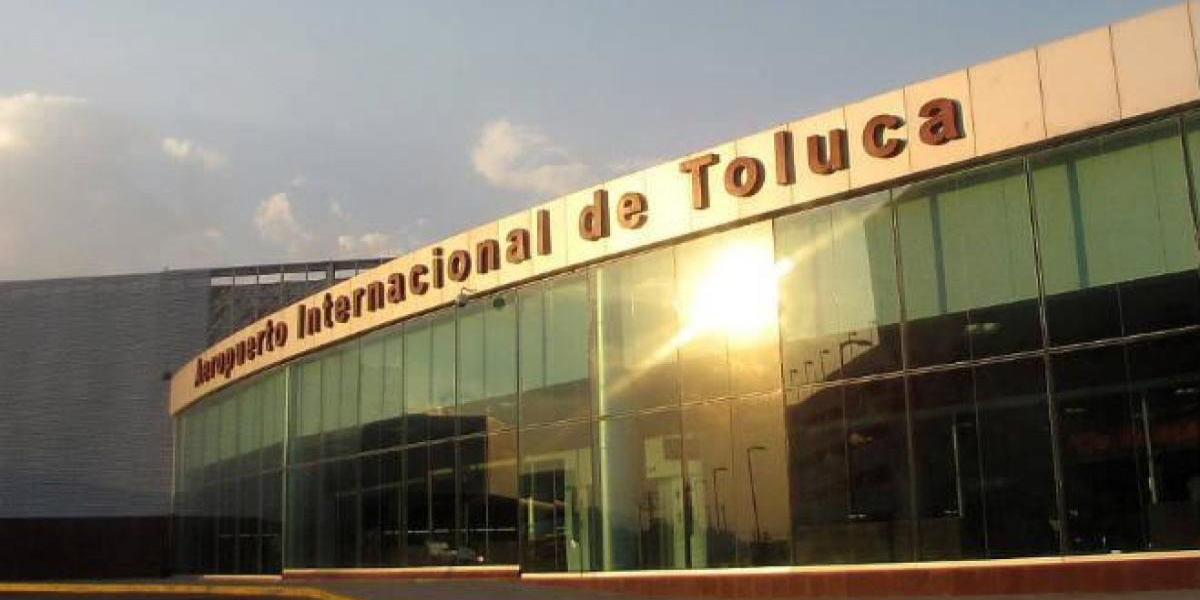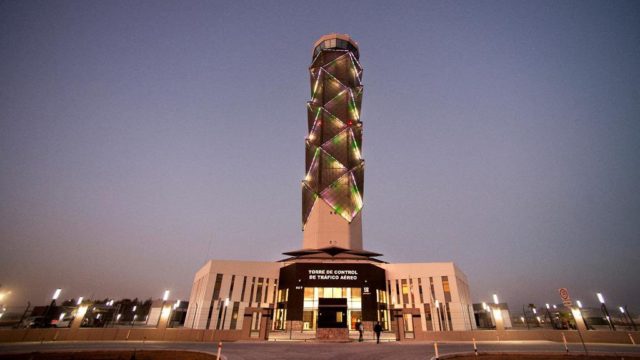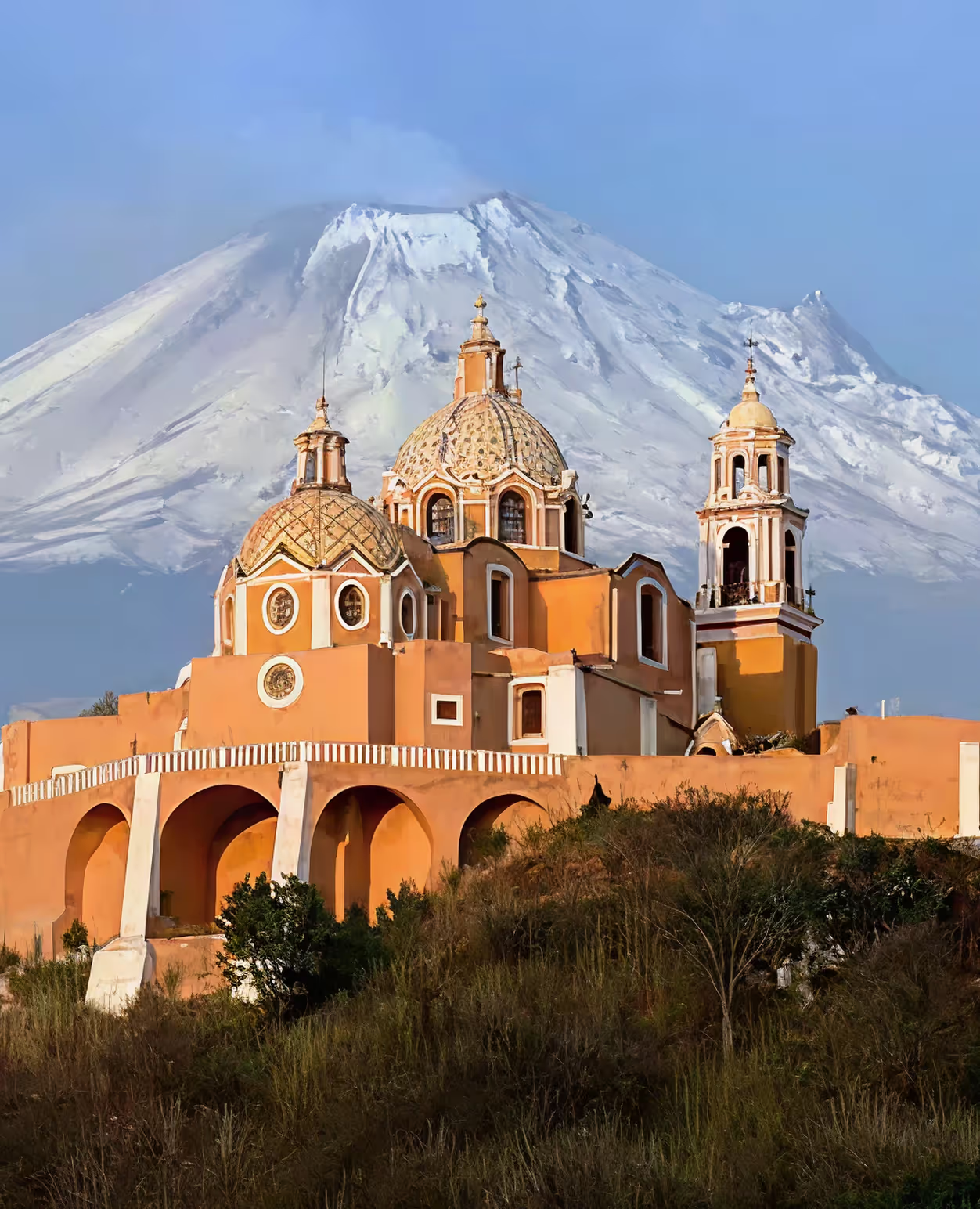Plan your trip
Plan my custom trip
Request a quote
Customize my trip
Design your trip




With the vast number of people traveling by plane worldwide, , it’s clear that one airport isn’t enough to accommodate all daily passengers. Take Los Angeles, which has seven terminals, or New York, which has three airports to help manage annual visitor numbers. This is the same situation facing CDMX’s airport.
The AICM (CDMX International Airport) receives 36 million passengers annually on both national and international flights—more than it can effectively handle. To address this, strategies have been implemented, from AICM expansions to the recent opening of the Felipe Ángeles International Airport (AIFA).
The airport began operations in 1928 under the name "Central Airport of CDMX." In 1952, President Miguel Alemán inaugurated Terminal 1. Due to increased demand, AICM underwent expansion and remodeling in 2003, and construction on Terminal 2 was completed in 2008.

With 28 airlines covering national and international routes, the Benito Juárez International Airport in CDMX offers 109 destinations across 25 countries.
With the second-longest runway in Mexico, the Toluca International Airport (AIT), located 25 minutes from Santa Fe, directly supports AICM. It can handle up to 6.4 million passengers annually. While it has not expanded due to low demand, it has the capacity to do so if needed.

Due to low demand, flights at AIT have been reduced significantly to mostly cargo operations, with only a few commercial flights. Currently, just two airlines offer flights to Querétaro, Cancún, and Monterrey.
The newly opened Santa Lucía Airport is the largest in the country and features state-of-the-art runway technology. It can accommodate 20 million passengers a year, with expansions planned to triple that capacity by 2050.

Currently, AIFA has four airlines, offering flights to six domestic destinations and one international destination. However, more destinations and airlines are expected to be added in the coming months.
In Mexico, it’s recommended to arrive two hours before domestic flights. Airlines suggest arriving at least 45 minutes before departure for domestic flights and three hours in advance for international flights.
If you don’t arrive on time, the airline has the right to prioritize waitlisted passengers and they may deny you access without compensation.

Now that you know about CDMX’s airports and boarding rules, you’re ready to visit any part of Mexico.
***
If you enjoyed this article, you might also like:


